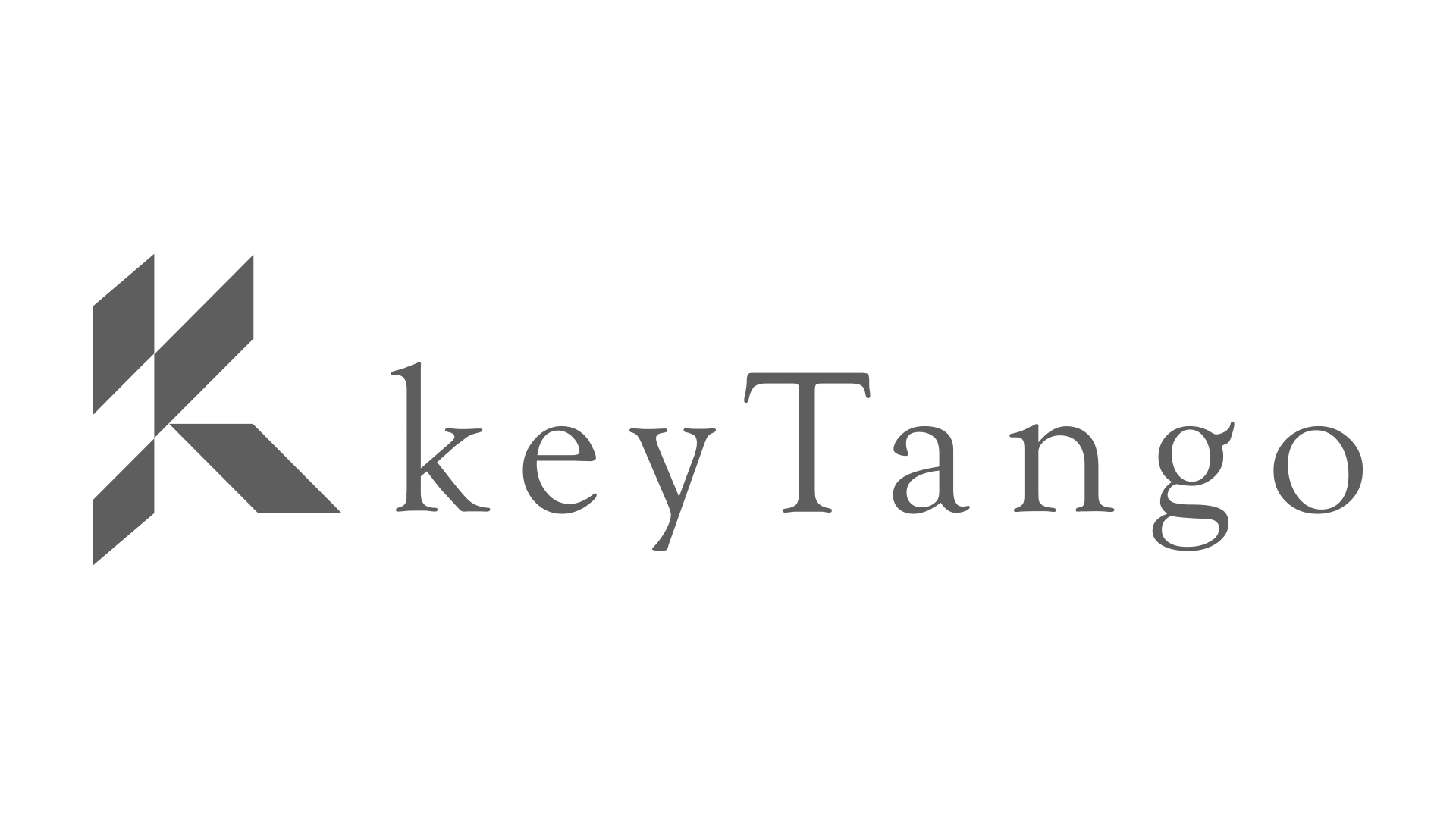DeFi Futures Explained
Like many other DeFi protocols, futures require building a capital base for liquidity provision. Those providing liquidity for futures trading are called ‘Leverage Providers’. Their pooled liquidity provides for futures traders to take levered long and short positions on futures/perpetual trading pairs.
Like other DEX’s, DeFi futures use an AMM protocol for matching buy and sell positions. A DeFi futures trader may take a long ETH/USDT 1-month out position. In this case the trader believes that the price of ETH in 1 month will be higher than where he entered the long position. In some cases, traders can take up to 20x leverage on DeFi futures platforms. So a trader with 1 ETH will be able to take a long/short position on up to 20 ETH. The trader pays a funding rate in exchange for the leverage.







